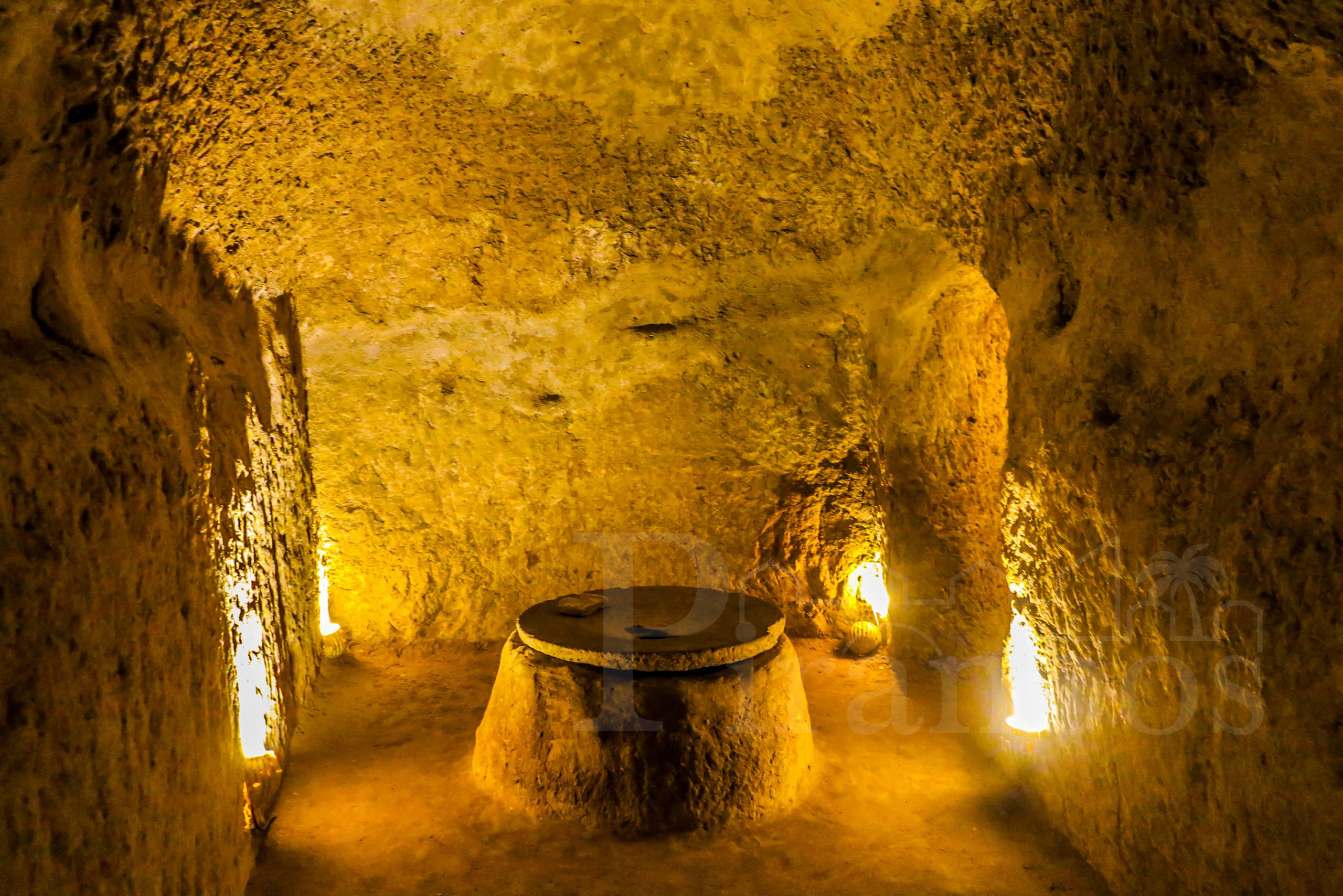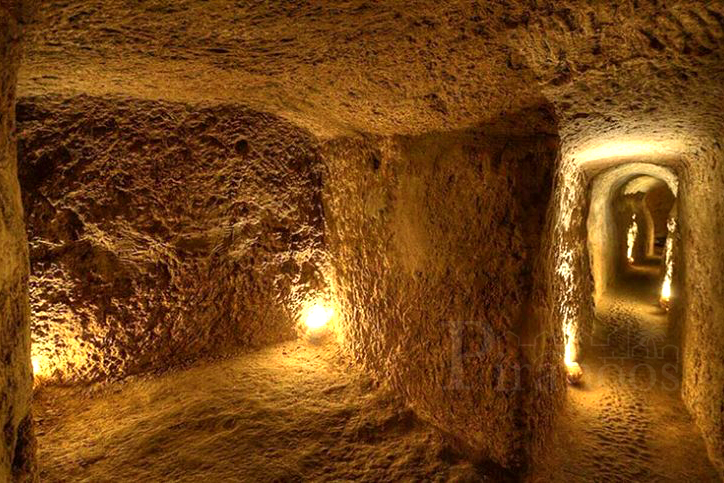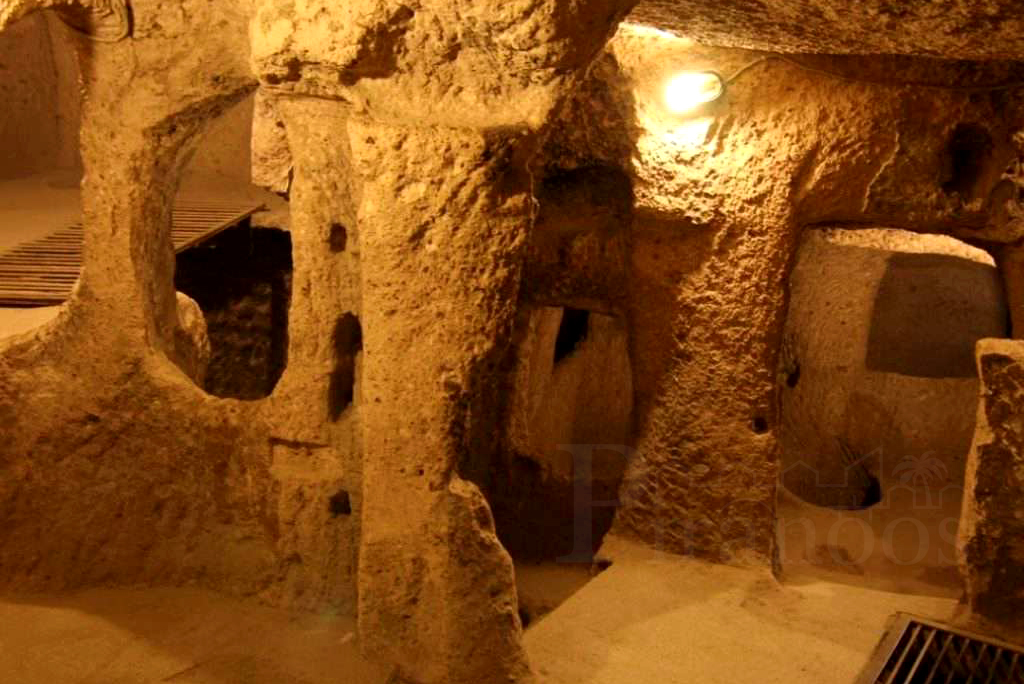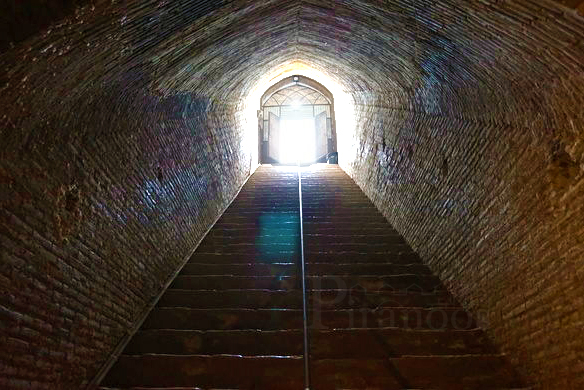The underground city of Noushabad (Ouyi) is one of the most astonishing underground cities in the world. The city located 5 km north of Kashan is considered to be a remarkable piece of ancient architecture.
The history of the city dates back to about 1,500 years ago in the Sassanid period, which is said to have been the Sassanid capital during the reign of the Anoushirvan. The Noushabad underground city which is considered as a masterpiece of Sassanid architecture was discovered by chance in 2006 when someone dug a well in his home.

What is known as the “Ouyi” underground city is an aggregated, wide speared, and complex structure of narrow and curved corridors, small chambers, canals, water wells, and vertical tunnels constructed in three levels between 4m to 16m dip under Noushabad city which stretches 4 kilometers from the historic fence to the ground level. Archaeologists have found evidence that the underground city was hand-carved using a sharp diamond-hard object.

The first floor was in fact a complex of by-ways, defensive and protective traps, and corridors constructed to mislead or to confront potential enemies. The second and third floors were used as a shelter and storage place for supplies in life-threatening situations and or as a place to provide a respite from the desert summer heat.

In addition, passage tunnels were constructed to connect houses and social centers, such as the bathhouse and the mosque as well as the castle located nearby to the underground city. The inhabitants used the underground to move from one place of the city to another in times of insecurity. For instance; during the Mongol invasion, the underground was used to protect the people. Several entrances have been identified for the underground city, many of which along with many details of the city has been lost due to flooding and the passage of the time. However, some pottery has been found dating back to the Sassanid era.

Vertical tunnels were used as passageways between levels and the U-shaped tunnels were used for ventilation. The ventilation system operates on the basis of the difference between the inside air pressure with the outside, which makes it possible for the air to circulate through the underground city. Passage tunnels were constructed to connect houses and social centers, such as the bathhouse and the mosque as well as the castle located nearby to the underground city.